By Lisa Hultman
World leaders met recently in Berlin to discuss solutions for ending the civil conflict in Libya. The United Nations (UN)-backed government currently lacks control over large parts of the country, while the opposition is backed by several countries—Russia, Egypt, and Saudi Arabia, among others. Hundreds of people have been killed in the last year alone, and thousands displaced.
This was surely not the anticipated outcome of the NATO-led military intervention in 2011—an intervention authorized by the UN and justified in the name of Responsibility to Protect (R2P), a doctrine adopted by the UN General Assembly in 2005, that commits countries and the international community to protect populations from genocide, war crimes, ethnic cleansing, and crimes against humanity. Libya is the only time in history that military intervention has been justified on the grounds of R2P.
Why did it fail? And is R2P dead?
In early 2011, it was relatively easy to invoke R2P and get the main international players on board to support military intervention in Libya. No one—even regional organizations like the Arab League—liked Gaddafi, and the proposed solution for stopping the escalating violence against civilians seemed easy: a military aerial campaign.
By the fall of 2011, the intervention was considered a success by many, as seen in coverage in The Guardian, New York Times, and Foreign Policy. And indeed, the intervention did manage to stop the campaign of violence against civilians. It looked like a new beginning for the Libyan people. Or did it? A more critical analysis suggests that the intervention actually prolonged the conflict and made the situation worse for civilians.
The bigger problem is what followed—or rather, what did not follow the intervention. The international community had focused myopically on the responsibility to react, but ignored the responsibility to rebuild.
Although R2P is aimed at stopping the worst kinds of atrocities, the original idea also acknowledges that, once the atrocities have ended, reducing the risk of future violence requires a commitment to rebuilding the country. There’s good reason for this. As civil war experts have demonstrated: in order to create stability and reduce the risk of a return to civil war, societies have to be transformed. This includes, for example, promoting economic development, reducing inequality between groups, and building trustworthy institutions. A post-conflict society must go from simply the absence of war to a “quality peace.”
But a focus on rebuilding was absent in Libya.
Indeed, although protection of civilians was the stated primary goal of the intervention—in keeping with the doctrine of R2P that the highly consequential move of military action should be made only with the intention of halting human suffering—NATO’s goals seemed quickly to evolve beyond that, to an intent to overthrow Gaddafi. Perhaps NATO leaders thought it was a necessary means to an end. But the fact that the intervening countries considered the job done once Gaddafi was out of the picture suggests otherwise.
Research shows that civil wars that end in rebel victory or foreign-imposed regime change are less likely to relapse into renewed fighting. However, in Libya, foreign intervention did not support a strong victor who could create stability. Instead, there was only a power vacuum, which generated new competition for power.
As we learned in Iraq, rebuilding a country is much harder than getting rid of a dictator.
What is the path forward for Libya now? UN envoy Ghassan Salamé has called on foreign powers to end their military support to armed groups in Libya. This is one important step to solve the conflict and reduce human suffering. Indeed, research shows that civil conflicts with foreign military support are less likely to end, more likely to recur, and increase the risk of violence against civilians. Think Syria. An end to the conflict in Libya requires a halt to foreign intervention and proxy war.
Another policy to consider is the deployment of a peacekeeping operation. Research suggests that peacekeepers can help to protect civilians and increase the chance of a durable peace.
Responsibility to protect embodies the best ideals of the international community—the idea that the international community can and must commit to protect ordinary people from the worst of political violence and suffering. But applying R2P is far from straightforward, as the case of Libya shows. For R2P to be durable, the international community must look beyond military intervention and consider other means of protection. Scholars have suggested that the unified international diplomatic response to the escalating violence in Kenya following the presidential election in 2007, was an effective measure to quell the violence. Next time leaders invoke R2P, they should make use of the whole intervention toolbox beyond military intervention, investing both diplomatic and economic resources, just as originally intended with the R2P.

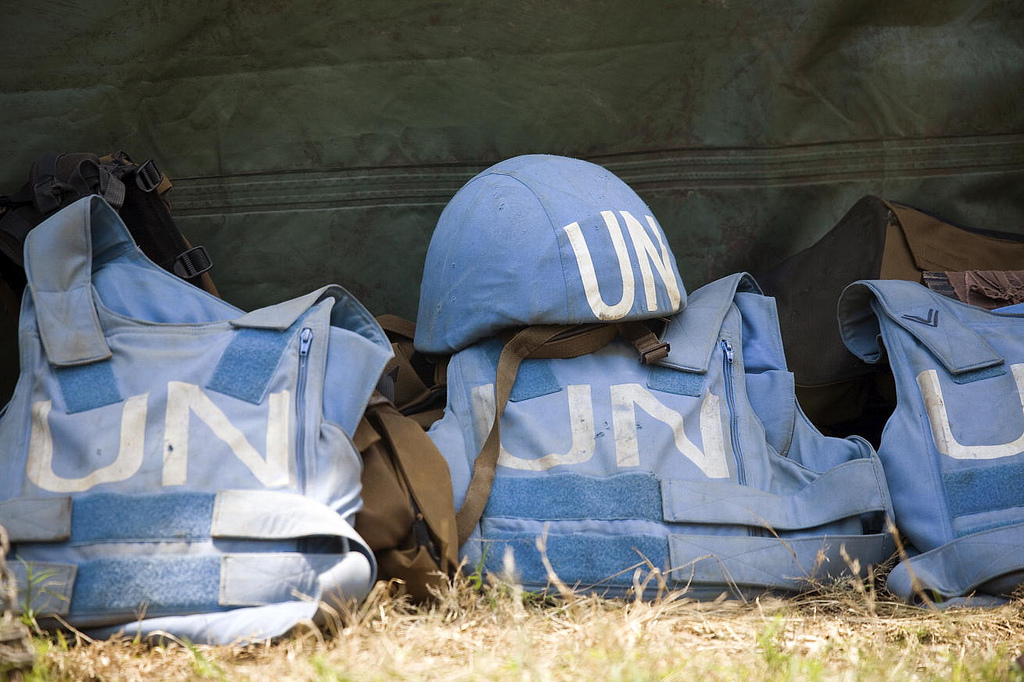

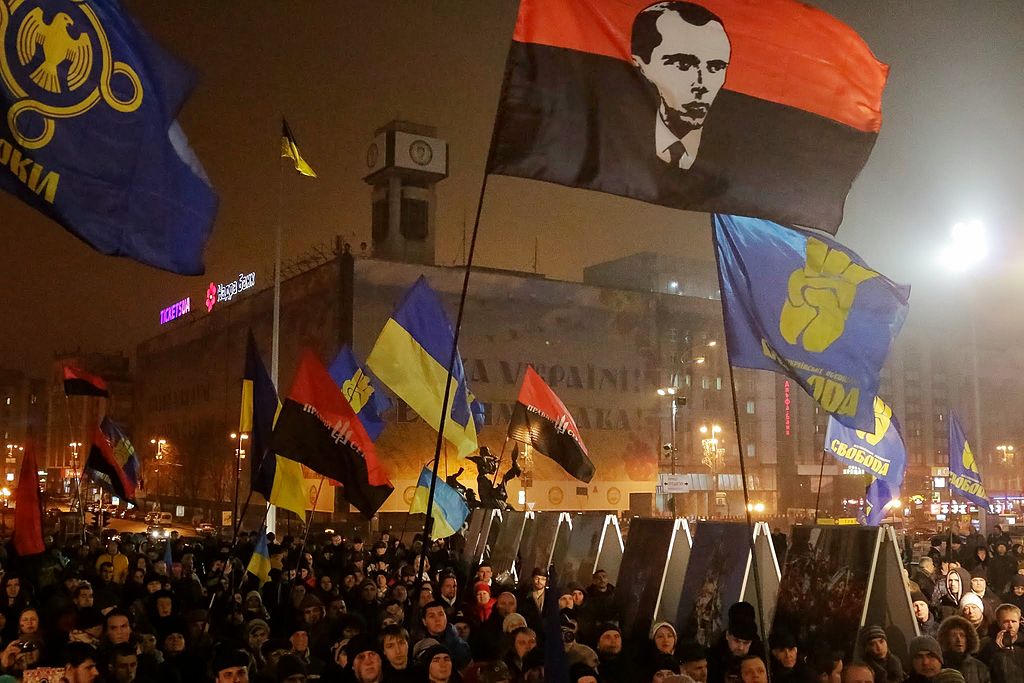
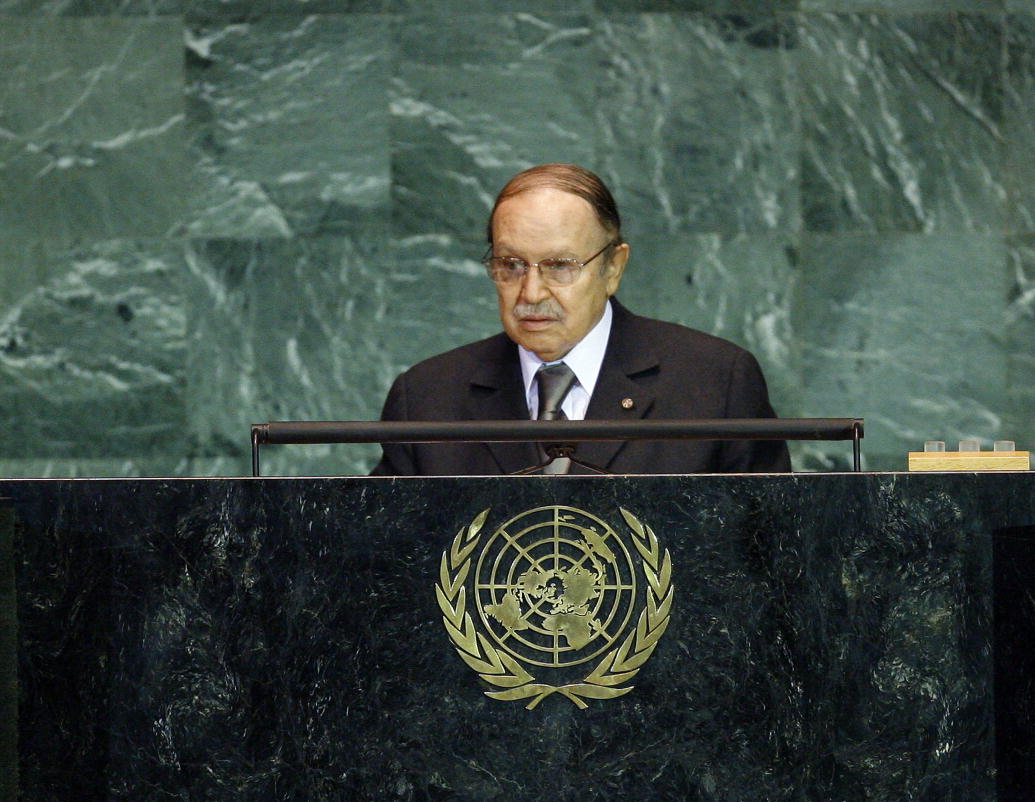

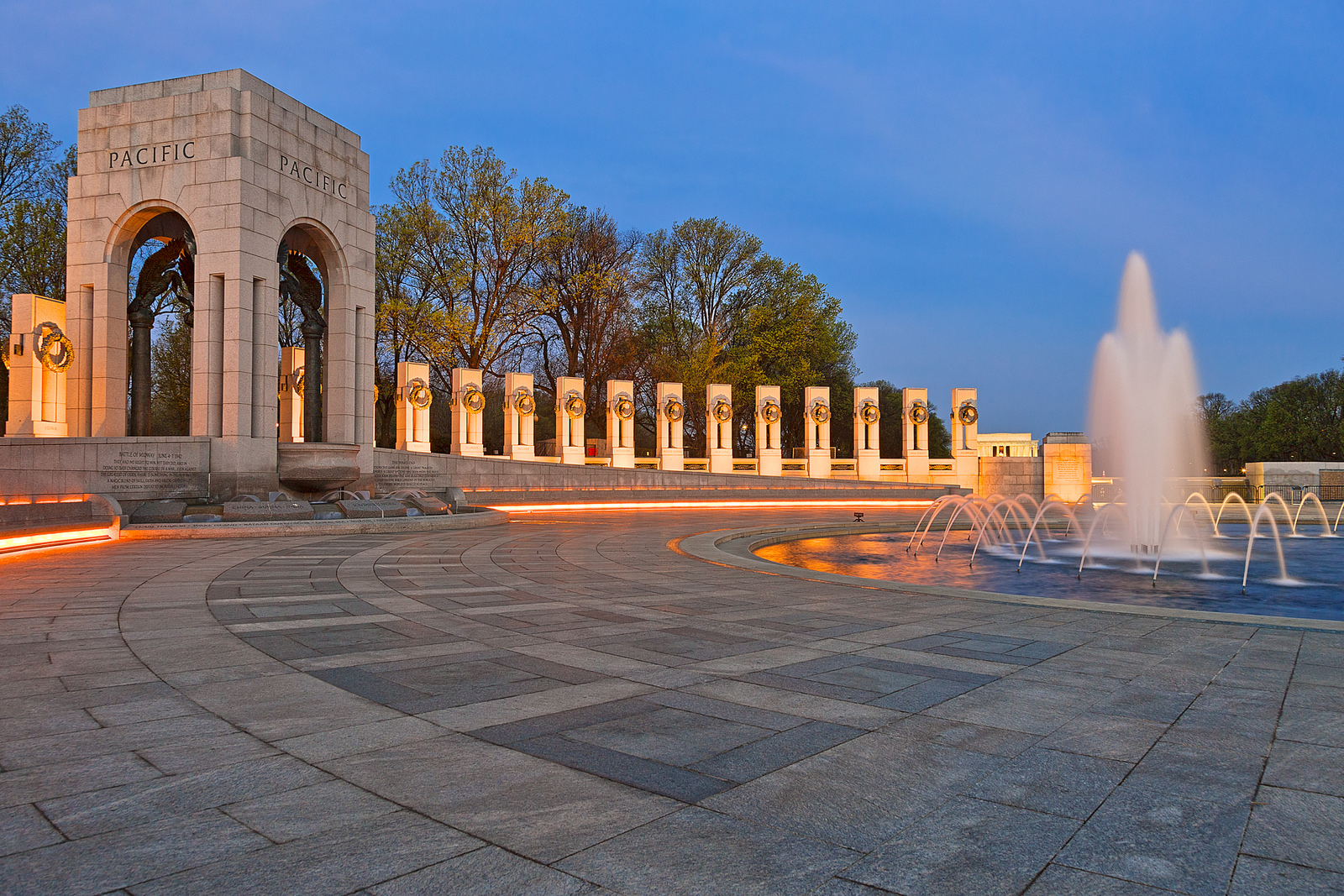
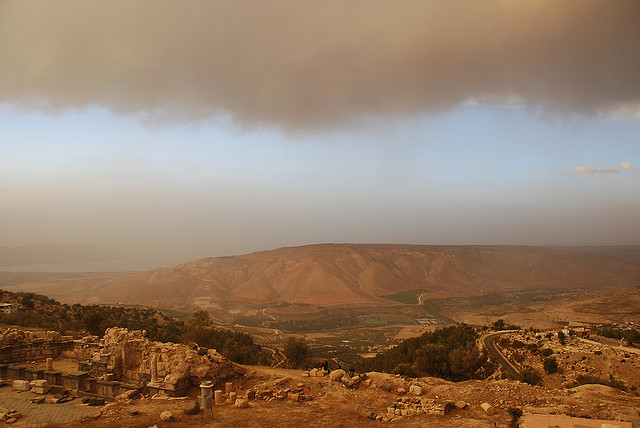
3 comments
“civil war experts have demonstrated: in order to create stability and reduce the risk of a return to civil war, societies have to be transformed… promoting economic development, reducing inequality between groups, and building trustworthy institutions.
Wait, what? Is that what happened after the American civil war? The Spanish? The Russian? The Biafra war in Nigeria? The Taiping rebellion? The Chiapas rebellion? In none of those cases were their wars followed by transformations that necessarily did those things. But experts said we gotta transform Libya, so I guess we better spend the next hundred years doing that. Look how well we’ve done in Afghanistan in only twenty years.
Lisa, I couldn’t agree more with your central premise that the ICISS position that equal to the responsibility to react to mass atrocities is the quite likely responsibility to rebuild, and at no time was this never on the table in Libya. I think there are understandable, however unfortunate, explanations for this. First, though, I feel the need to offer a corrective comment regarding one of your claims and offer but perhaps a different take on two others. First, your claim that “Libya is the only time in history that military intervention has been justified on the grounds of R2P,” is incorrect. Just two weeks after UNSC Res 1973 was issued authorizing the Libya intervention in explicit R2P terms, UNSC 1975 did the same for Côte d’Ivoire. Indeed it was these back to back R2P interventions that led Alex Bellamy and Paul Williams to publish their article “The New Politics of Protection.”
Two other comments are really raising the same and very important point, “For R2P to be durable, the international community must look beyond military intervention and consider other means of protection….Next time leaders invoke R2P, they should make use of the whole intervention toolbox beyond military intervention, investing both diplomatic and economic resources, just as originally intended with the R2P.” Again I fully agree with this view, but I suggest the wording fails to appreciate that R2P has successfully been employed in ways perfectly consistent with this view — ban Ki moon’s “narrow but deep” construction. Perhaps precisely because it did not involve military intervention, the successful prevention of a repeat of post-electoral violence in Kenya in 2013 thanks to use of many of the tools in the deep toolbox, it’s often overlooked as R2P in action.
As for the unfortunate absence of any commitment to the responsibility to rebuild in Libya, I think it’s worth considering the dilemma faced by the intervening forces, and the implications of their choice of how to deal with that dilemma for the “reasonable prospects” doctrine. Faced with the dilemma of egregiously overstepping the mandate in UNSC 1973 and removing Gaddafi or abiding by the terms of 1973 and leaving him in power to eradicate the ‘cockroaches’ of Benghazi at a later date, they chose the former. But seemingly making the choice to do the former mid-operation, meant there was as little planning for a post Gaddafi environment as there was for a post Saddam environment in Iraq. The result was such a viciously rapid deterioration of conditions on the ground, essentially reaching the level of state collapse, that there were by then very poor prospects for success of a more complete, boots on the ground, international administration intervention. And reasonable prospects for success was appropriately a key ICISS consideration for intervention. In short, resolution of the first dilemma created an ever greater one. Truly, these must remain cautionary tales.
Brett,
Thank you for your comments! A few brief reactions:
1) Is Libya really the only military intervention in the name of R2P? Well, I maintain that it is. The operation in Côte d’Ivoire was a peacekeeping operation that received a more robust mandate. I agree with Bellamy and Williams that it is possible to consider this in the light of R2P, but I think it is better understood as an example of how UN peacekeeping is stretching its core principles, rather than as a military intervention in the same way Libya was. But I appreciate that this is a fine line and think that we need to continue to problematize different forms of intervention.
2) Yes, agreed. Although I wish R2P was more often explicitly discussed in this way. I feel most of the debate got stuck on military interventions.
3) Indeed. However, even if there was no time for a clear post-Ghadaffi plan, the UN could have taken a greater responsibility for developing such a plan at a later stage – given that the Security Council authorized the intervention. I am not claiming that nothing has been done, but not enough, clearly.